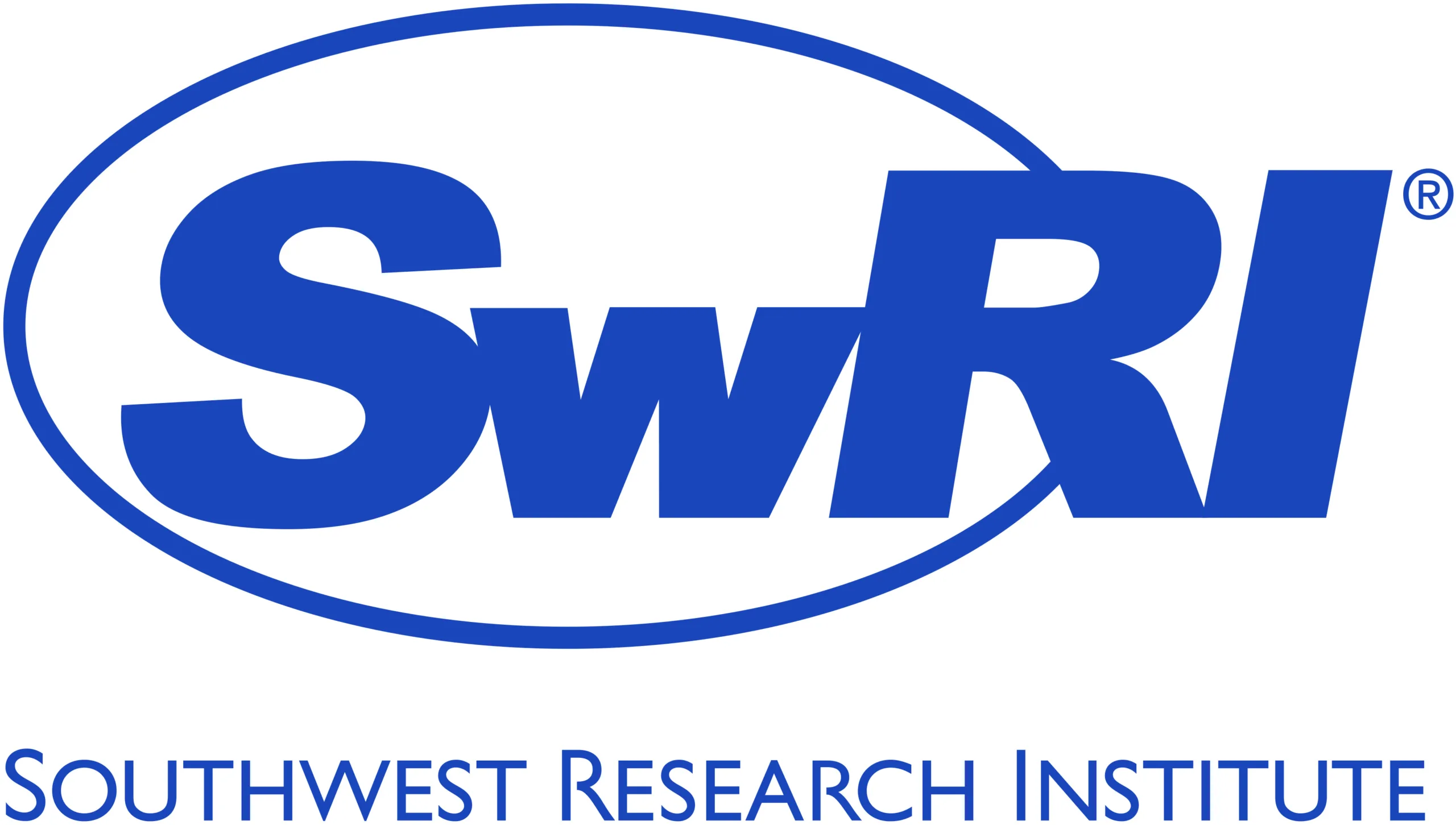SwRI – University R&D programs
For more than 14 years, Southwest Research Institute (SwRI) has worked with universities to set up jointly funded collaborative programs in a wide range of research areas, including energy and environment, material science, and biomedical applications. These programs are a great example of how the infrastructure of a collaborative research program can encourage and enable cross-sectoral co-led projects.
A brief description of the SwRI - University R&D programs
Southwest Research Institute reinvests part of its net income in tomorrow’s innovations, broadening the Institute’s technology base and encouraging the staff’s professional growth. In the last decade, SwRI has invested more than $77 million in internal research, for example initiating 103 new projects for nearly $9.4 million in 2023 alone. Internal Research & Development (IR&D) fulfills the Institute’s objective of conducting innovative activities for the benefit of industry, the government and humankind.
A portion of this internal investment supports the development and execution of new HIBAR projects, in collaboration with university researchers. The SwRI-university R&D program has been successful because it has been set up in such a way as to ensure a commitment from both organizations to fund and support the projects, and to ensure individual commitments from the Principal Investigators at each organization to co-lead projects together.
There is no comingling of funds – SwRI supports its components of the projects using internal research funds and the universities typically use either their own internal funds or have access to appropriate external funds. While this initial funding is not likely to achieve the overall HIBAR research goals to generate meaningful and lasting change, the expectation is that at the conclusion of the internally-funded project, the research team will work together to seek continued external funding to further develop the project and the collaborative relationship.
In addition to traditional research outcomes such as conference presentations, both organizations have benefited considerably beyond these direct research outcomes. For example, external projects have been launched, SwRI participants have had adjunct faculty and lecturer positions at the university, and student participants have had internships or become new staff members at SwRI.
This strategic action can encourage cross-sectoral co-leadership and shared decision-making:
This program directly supports SwRI’s mission of benefitting government, industry, and the public through innovative science and technology. The collaborations funded by the program are an important component of the overall internal research and development program, and one means by which SwRI invests in the technologies its clients will need in the future. These internal investments allow SwRI scientists and engineers the freedom to advance innovative, unproven concepts to help tackle client challenges, and the program also helps broaden SwRI’s technology base, advance its knowledge, and expand its reputation as a leader in science and technology.
The SwRI program has a competitive proposal process, and evaluators look for interdependent and interwoven evidence of the strong collaboration that is necessary in HIBAR projects.
This strategic action directly contributes to various common institutional priorities, including:
HIBAR projects enable university-based researchers and non-academic researchers and practitioners to work together on projects that strengthening commitment to research excellence and also greatly accelerate progress toward solving society’s critical problems, since co-produced research outcomes are more likely to be translated to benefit society in the long term.
The integrative cross-sectoral decision-making within a HIBAR project accelerates knowledge creation and generates better and faster solutions toward society’s critical problems. This strengthens a university’s relationships with non-academic organizations, and increases future opportunities to identify and contribute to solving societal challenges.
Talent Development
HIBAR projects offer experiential opportunities that lead to many different career paths. This creates a positive feedback loop: as more HIBAR-experienced researchers enter the workforce, they can help co-create and co-lead more university HIBAR collaborations that in turn create new HIBAR research opportunities for another generation of faculty and students.
Learn more about SwRI-University R&D programs:
Internal Research and Development at SwRI
Here are examples of some of the projects launched by this program, in collaboration with the University of Texas at San Antonio and the University of Texas at Dallas:
